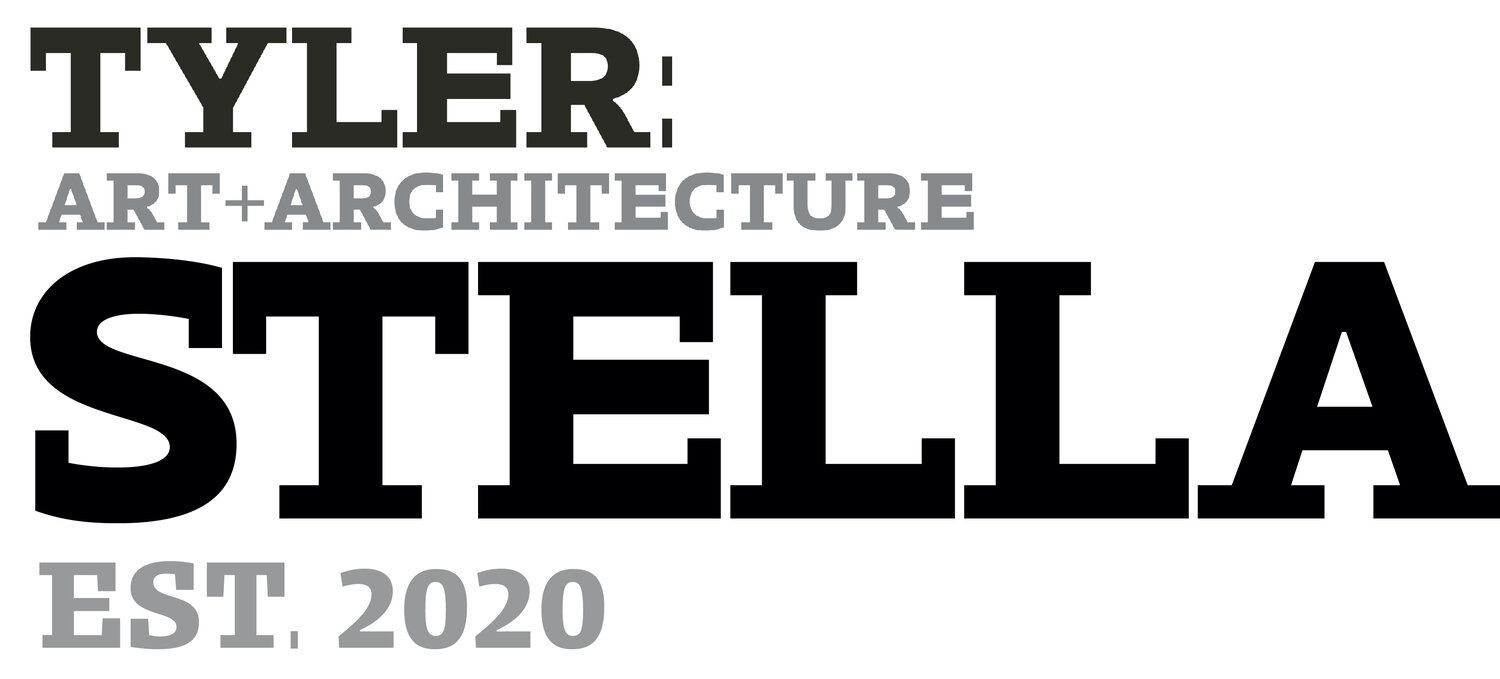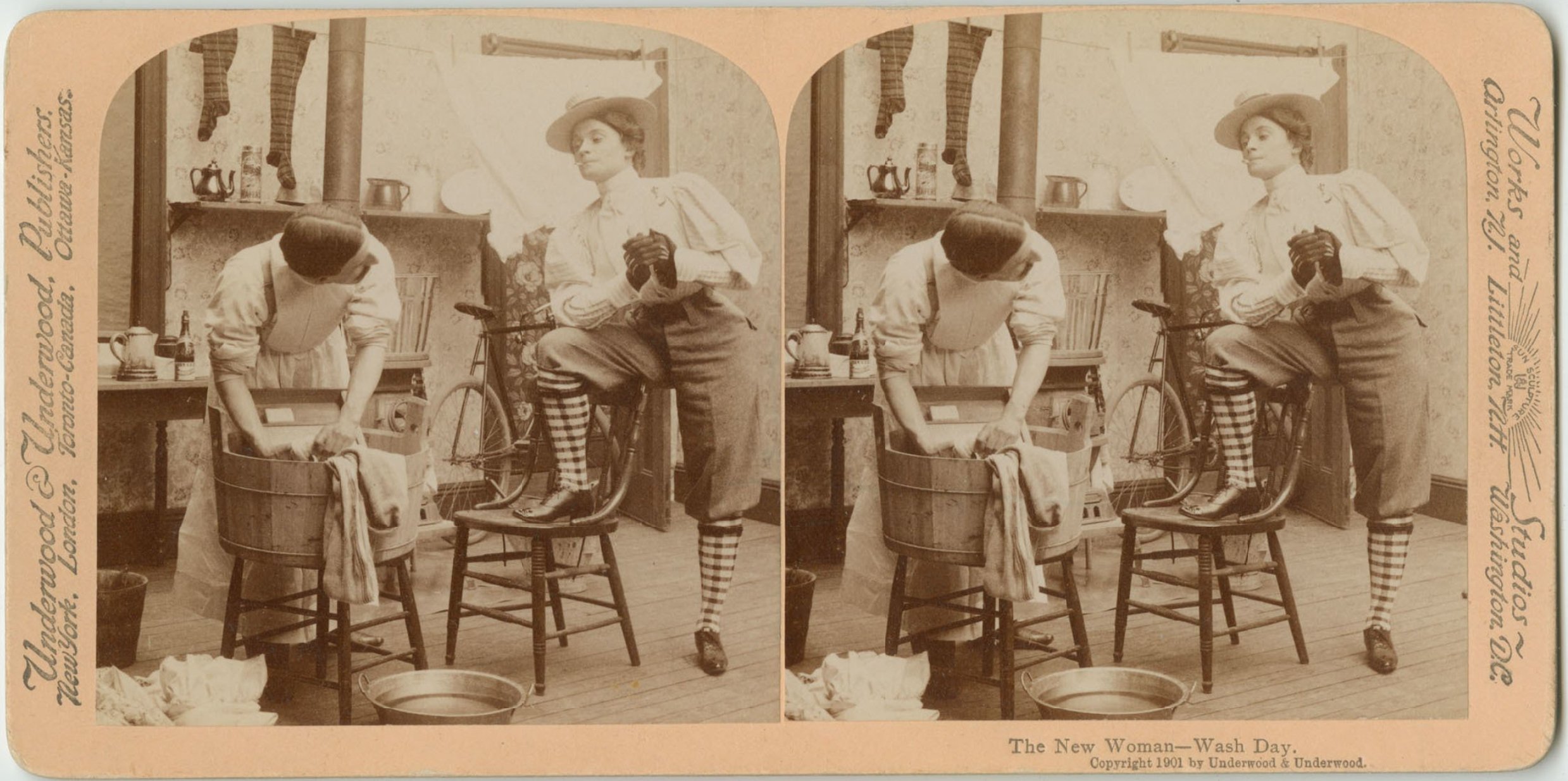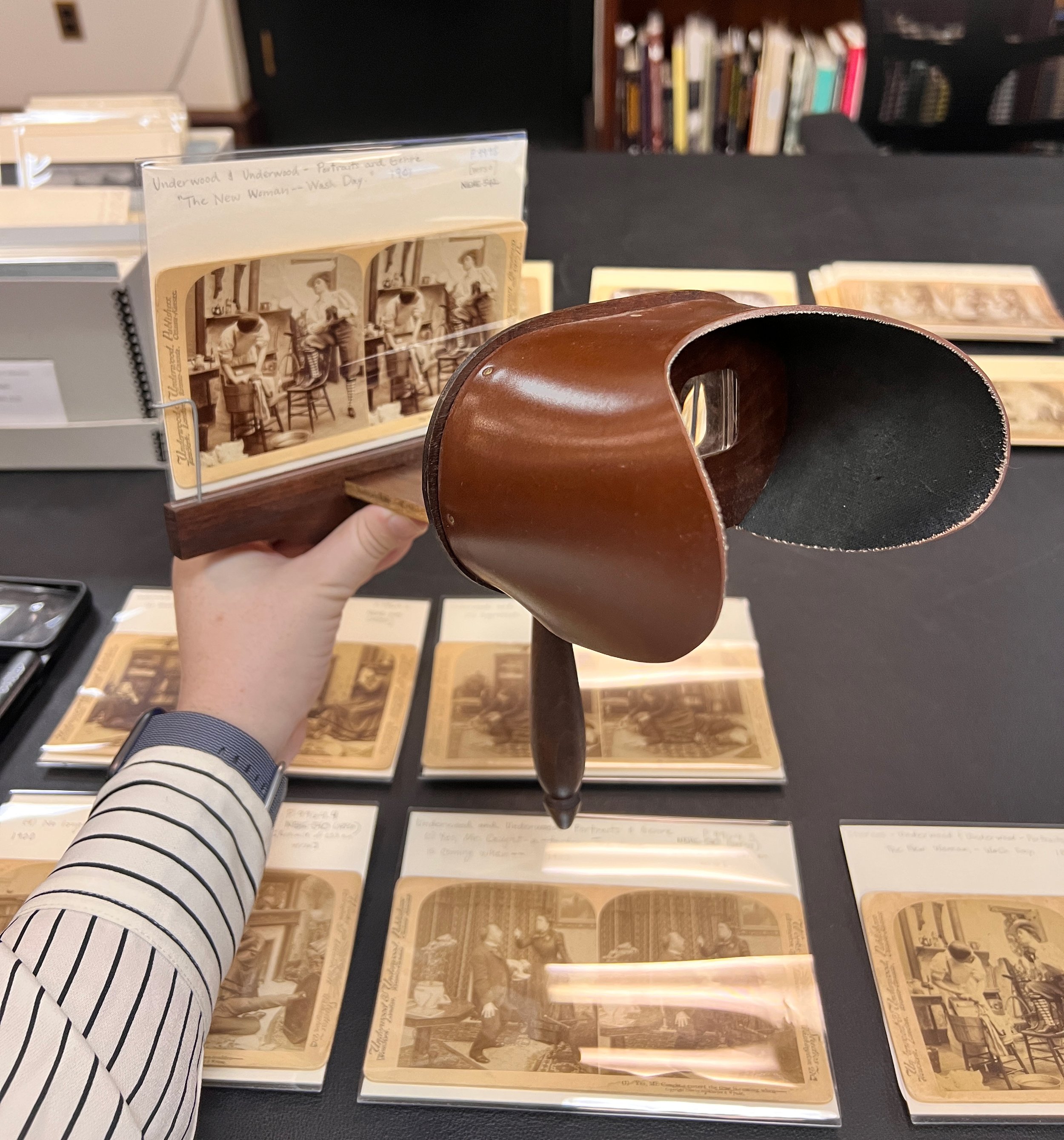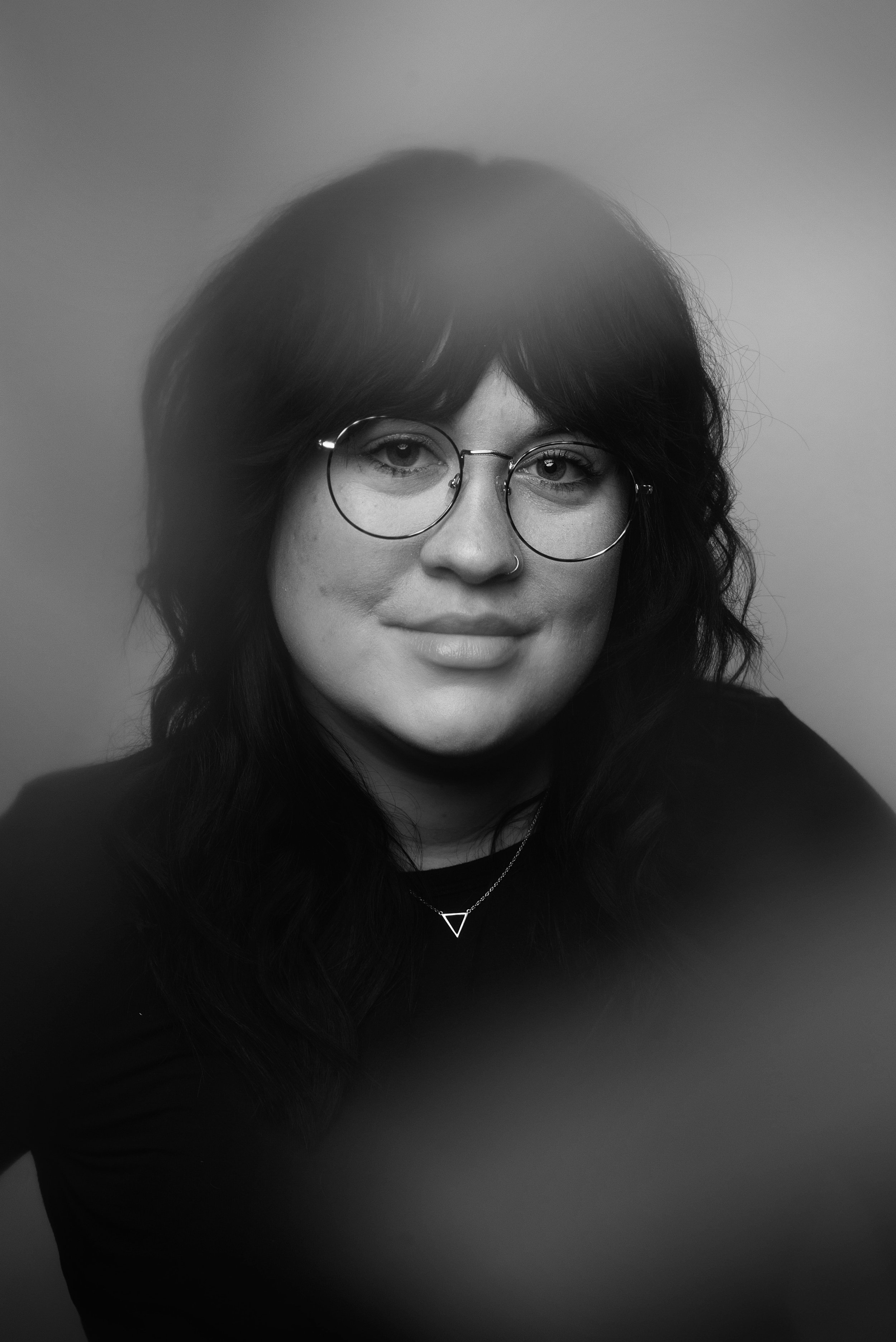The New Woman — Wash Day
by Rachael Reynolds
The New Woman stereographs published between 1872 and 1910 are satire-based imagery that functioned as a woman-empowering performance that contradicted the reality of the lived experience of its female audience. However, this wasn’t the intention of the male publishers.
Their goal was to warn their male audience of the dangers the New Woman posed to them.
The boundaries in which the husband and wife were to operate are subverted, threatening his dignity, ego, and social security. Not so dissimilarly, the wife is diminished by the affectations the photograph imposes on her—smoking a cigarette, wearing pants, standing in a sport-like posture, spreading or raising a leg, riding a bike, and looking down at a man are all symbols of what a 1901 society would consider affectation. But a female gaze would view this stereograph as a lens to the opportunities for independence in the scene.
The New Woman was a feminist ideal that emerged in the late-19th century and profoundly influenced American culture through the mid-twentieth century. The New Woman—Wash Day is an early example of gender performance—a theatrical and satirical capture that can operate as anti-feminist/women’s rights propaganda in the home. The satire of the performative imagery elicits mixed perceptions—it is a threat to the male-dominated status quo by a figuratively male-like woman but it is also inhibited by a society that does not reward deviance. The New Woman represents an archetype of women who advocated for progress within their gender and the greater societal fabric. Still, its employment here as a feminist challenge is neutralized by its unrealistically normalizing and progressive expression.
The New Woman--Wash Day, 1901. gelatin silver prints on stereograph mount; 9 x 18 cm. (3.5 x 7 in.) New York: Underwood & Underwood, publishers; Strohmeyer & Wyman, copyright holder. Collection of The Library Company of Philadelphia, P.9998.
LABEL
The New Woman—Wash Day (1901) pictures a husband and wife in their home assuming subverted domestic roles, threatening his dignity, ego, and social security. Not so dissimilarly, the wife is diminished by the then affectation the photograph imposes on her—smoking a cigarette, wearing pants, standing in a sport-like posture, spreading or raising a leg, riding a bike, and looking down at a man are all symbols of what a 1901 society would consider affectation. New Woman stereographs were disseminated throughout the late 19th and early 20th centuries. Their distribution relied on the male perception of emasculation through domestic labor, submissive posture, and a hidden male face interacting with female voyeurism, dominant body language, and visibly arrogant expression from her engage fear-based propagandizing media practice.
COUNTERLABEL
The New Woman—Wash Day (1901) pictures a husband and wife in their home assuming subverted domestic roles, threatening his dignity, ego, and social security. Not so dissimilarly, the wife is diminished by the then affectation the photograph imposes on her—smoking a cigarette, wearing pants, standing in a sport-like posture, spreading or raising a leg, riding a bike, and looking down at a man are all symbols of what a 1901 society would consider affectation. New Woman stereographs were disseminated throughout the late 19th and early 20th centuries. Their distribution relied on the male perception of emasculation through domestic labor, submissive posture, and a hidden male face interacting with female voyeurism, dominant body language, and visibly arrogant expression from her engage fear-based propagandizing media practice.
Stereography was an early form of three-dimensional photography. Two nearly identical images were placed side-by-side on cardboard. When viewed through a stereo viewer, the two images would merge into one with the illusion of three-dimensionality. Stereographs became popular during the second half of the nineteenth century. Affordable to everyone, they reached across class lines and displayed views of far-away and often inaccessible places; stereographs enabled viewers to learn about the world by immersing the viewer in the scene. The New Woman—Wash Day is a visual performance of the gender-bending historical perceptions imposed on traditional marriage roles. Similar to the stereographs that allowed the viewer to imagine places far away, this card allowed the viewer to imagine what it would be like to assume the roles of the opposite sex.
The New Woman--Wash Day (1901) in a stereo viewer at the Library Company of Philadelphia.
As part of the ‘stage’ set around and behind the figures in the image, various items are symbolically placed, contextualizing further the gender roles being subverted. As a primary example, the bicycle was a common symbol of physical, emotional, and social independence for the New Woman and is present in many New Woman stereographs. The use of a bicycle impacted how women dressed, their activity level, and even how they interacted. In the background of The New Woman—Wash Day, we see a bicycle on its way out the door as it acts as an object of female emancipation.
Each figure, individually, can be considered as a subversion of expectations, but their duet performance as enacted by their interaction may draw the most potent parallel to the male resistance to female liberation. The perception of emasculation through domestic labor, submissive posture, and a hidden male face interacting with female voyeurism, dominant body language, and a woman’s visibly arrogant expression evokes fear-based propagandizing media practices.
The New Woman--Wash Day, 1901. Oscillating between the right and left exposures of a stereograph mimics the 3D illusion of the image that could be seen through a stereo viewer.
The female model who participated in the creation of this stereograph may have been the lynchpin in its feminist effect. She represented any female viewer in the narrative. Had the female been portrayed by a male in drag, this connection would have been severed and may have actually made the deprecating nature of the stereograph effective anti-woman propaganda.
So how do these stereographs change in effect when met with the female gaze rather than the male gaze? With a split audience, the stereograph is simultaneously degrading women and inspiring them—it evokes feminism and nullifies it.
The male model is posed so that he is both cowering and shifting his face away from the camera. In contrast, the woman model stands proudly, and her face is fully visible. I encourage you to notice the differences in how each actor is posed—and how much of their identity is exposed in the scene. Was the male identity withheld to reserve his shame while the female identity is revealed to encourage hers?
Detail of The New Woman--Wash Day (1901).
For male viewers, the threat of the New Woman is unassigned—furthering it from their reality. Documented male commentaries on New Woman stereographs sometimes refer to the New Woman as an “inverted female,” then a term for a lesbian. This framing that stems from the male gaze was intended to remove the New Woman from being in the sphere of a man’s concern—a form of denial that a woman could ever achieve such independence.
For female viewers, the prospect of becoming a New Woman was liberating. The stereograph operated as a potential reality. The woman’s face and identity are in clear view—if she could live this way, why couldn’t the viewer?
Right photograph of The New Woman--Wash Day (1901). .
Audio Guide: The New Woman—Wash Day, 1901
Here, we will discuss one of the later objects in the Library Company’s collection, a stereograph entitled The New Woman—Wash Day, published by Underwood & Underwood in 1901. We will consider the scene being performed in this photograph, the role of the New Woman, the stereograph’s similarities to contemporary theater, the visual clues set around the man and woman in the photographs, and the stereograph’s impact on its male and female audiences.
Rachael Reynolds
Art History / PhD
Rachael Reynolds (she/her) is a Ph.D. student at Tyler School of Art & Architecture in Philadelphia, where she specializes in the history of photography and other works on paper. Her research interests lie within concepts of materiality, performance, and the role of gender, nature, and mysticism in the late nineteenth and early twentieth centuries. Reynolds has wide-ranging experience in museums, galleries, arts education, and independent consulting, having held roles in curatorial, collections management, exhibition management, research, and secondary education. Most recently, the photography curatorial department at the Cleveland Museum of Art and the Emily Davis Gallery at The University of Akron.







